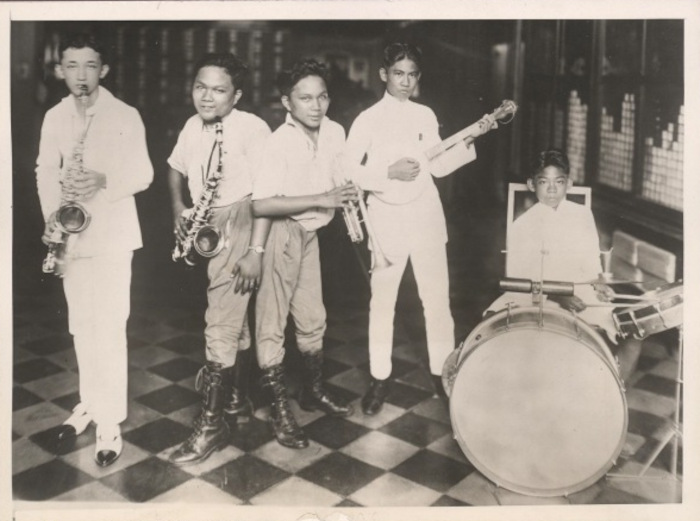
In 1600, actor William Kempe traveled from London to Norwich, a distance of 177 kilometers. Why is that notable? He morris-danced the whole way, a feat that took nine days spread over several weeks. He published an account of the journey to convince doubters:
Vpon Fryday morning I set on towardes Thetford, dauncing that tenne mile in three houres; for I left Bury somewhat after seauen in the morning, and was at Thetford somewhat after ten that same forenoone. But, indeed, considering how I had been booted the other iourneys before, and that all this way, or the most of it, was ouer a heath, it was no great wonder; for I far’d like one that had escaped the stockes, and tride the vse of his legs to out-run the Constable: so light was my heeles, that I counted the ten mile no better than a leape.
He’s remembered for an even more distinctive accomplishment — he was one of the original stage actors in Shakespeare’s early dramas.
(Thanks, Tyler.)








